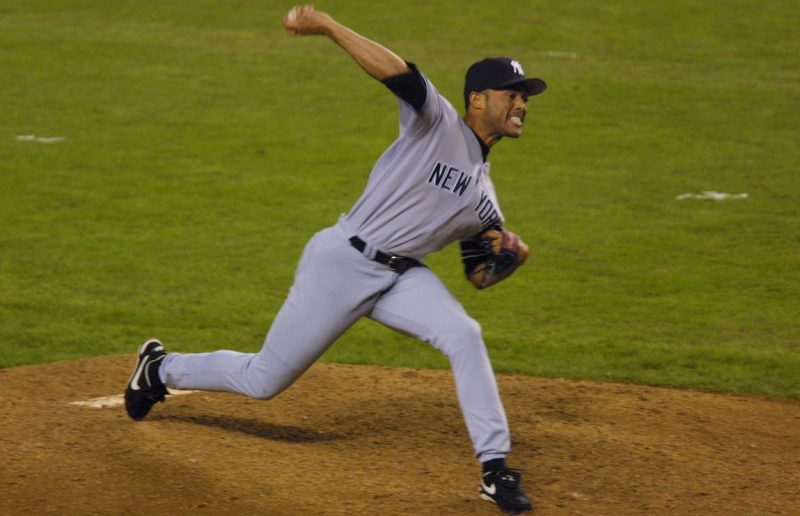
According to baseball’s conventional wisdom, in an even slightly close game, you want your best relief pitcher on the mound for the final out. After all, that’s what the New York Yankees did with career saves leader, Mariano Rivera. And it worked quite well: he recorded the final out for the four most recent Yankees’ World Series championships.
But what if a great relief pitcher could actually be more useful at a crucial moment earlier in the game? (Recall that Rivera also won a World Series as an eighth-inning setup man for the Yankees in 1996, allowing only one run over 14.1 dominant postseason innings.)
The save is a relatively recent development in baseball history, having been formalized in 1959. It was done with a worthy intention: honoring the work of elite relievers since, unlike starters, they rarely qualify for win decisions. Yet the need to have the best reliever on the mound to get that final out—and thus, the save—in a close game may have led to a flawed, strategic approach toward managing pitchers during the game.
The result is that even New York Mets pitcher Addison Reed calls saves “overhyped”… and he has 110 of them.
Read more about why the save is so overrated in the New York Times.
—RealClearLife
Whether you’re looking to get into shape, or just get out of a funk, The Charge has got you covered. Sign up for our new wellness newsletter today.

















